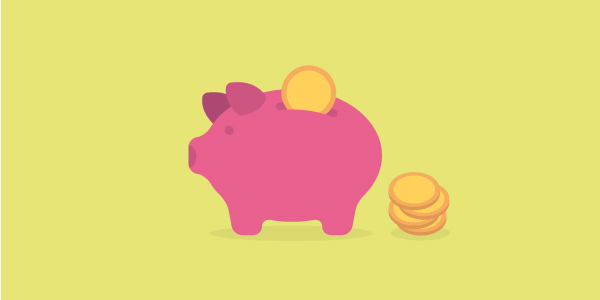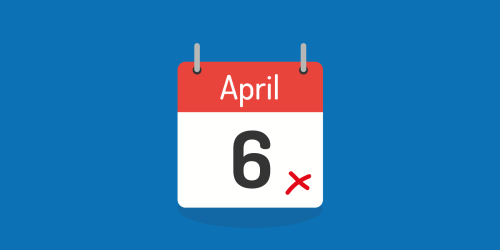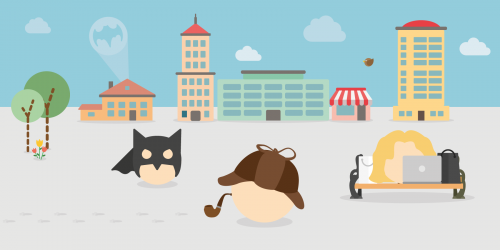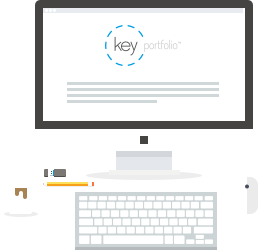The new tax year and your take-home pay
2 minutes to read

The new tax year starts on 6th April and as always it brings a few changes that will affect your take-home pay. Let’s take a look at what this might mean for you.
The changes for 2017/18 are:
- The basic tax-free personal allowance will rise from £11,000 to £11,500. For many of us, this means a new tax code. For example, if it’s 1100L, it will become 1150L.
- You’ll pay basic rate tax (20%) on earnings up to £33,500 (up from £32,000 last year) over your personal allowance (unless you live in Scotland, where it’s up to £31,500).
- You will pay higher rate tax (40%) on earnings between £33,501 and £150,000 over your personal allowance (or from £31,501 if you’re in Scotland).
- Student loan repayments (for those whose course started before 1st September 2012) will be calculated on earnings over £17,775 (up from £17,495 last year).
- The apprenticeship levy will be introduced, which amounts to 0.5% of your taxable income.
How does this affect my pay?
Each of these changes can affect take-home pay in different ways.
For most people, the higher tax-free personal allowance will increase take-home pay. If you’re paying off a student loan, each repayment will be lower (if you started your course before 2012). And higher rate tax payers will benefit from paying 40% tax on a smaller portion of their earnings. On the other hand, the apprenticeship levy is a new tax.
The bottom line
These factors will balance out differently for each person, with the overall impact depending on your income level. For the majority of people, it’ll result in a slight increase to take-home pay.
The new tax year happens around Easter, when many people take a break from work. It’s worth noting that if you’re on a cumulative tax code, your first payment after the holiday may be higher than usual.



